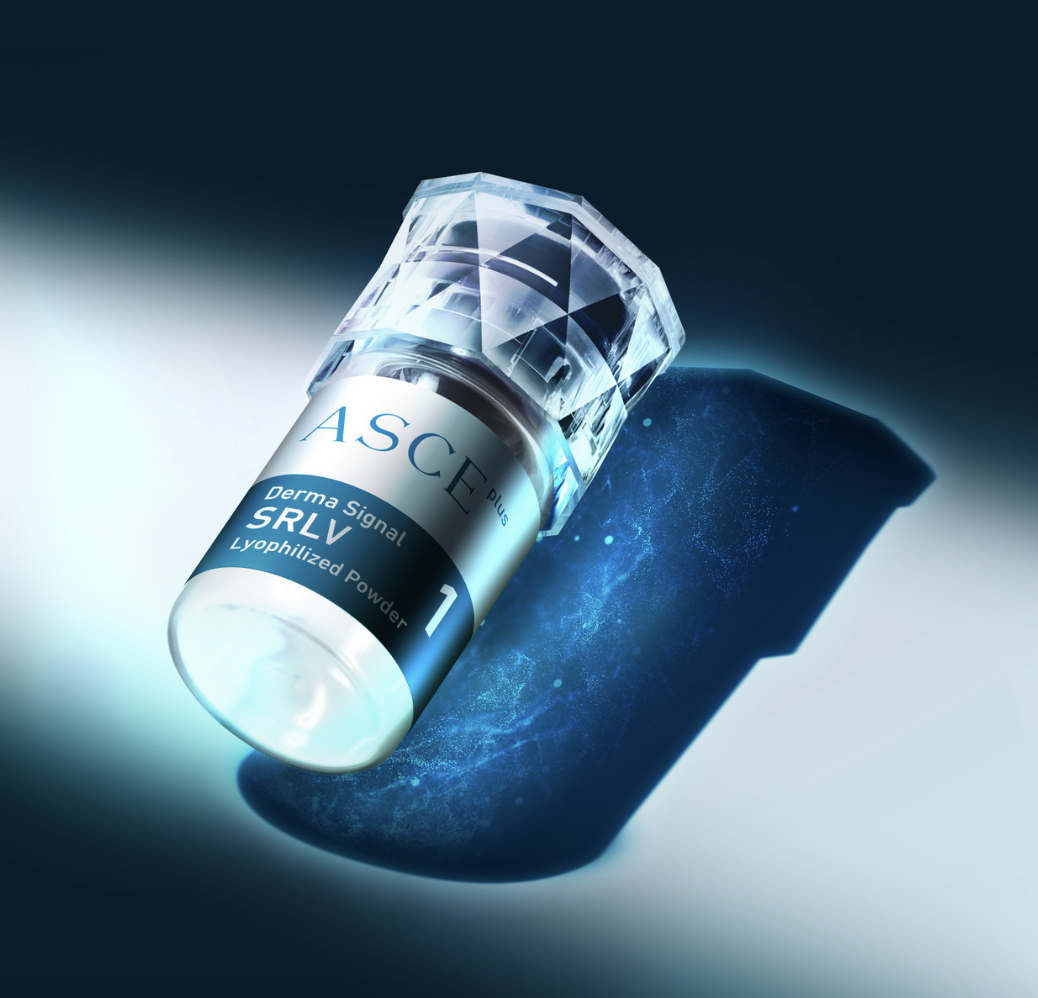The recent increased interest in exosomes has led to questions and, unfortunately, confusion and misconceptions about their effects. To provide clarity and help understand what exosomes really are and how they work, Dr. Laasma explains the nature of exosomes in more detail, based on various articles published in foreign scientific literature. We always recommend doing preliminary work before coming for the procedure and, if desired, also reading international publications to achieve the best awareness.
What are exosomes and why are they used?
Exosomes are extracellular vesicles (EVs) with a diameter of approximately 30–150 nm and produced by cells.
They are like envelopes in which you put a message so that it reaches the recipient. Exosomes are bioactive bodies of endo-lysosomal origin and a lipid membrane that are excreted from almost all cell types as a result of cellular homeostasis or pathogenesis. Exosomes carry proteins and functional nucleic acids, growth factors from cells, reflecting the physiological state of the cell of origin and the general well-being of the organism. Exosomes also have great therapeutic potential and are becoming increasingly important molecules used in medicine.
Stem cell exosomes are used in regenerative medicine. Stem cells can be of human origin (embryonic or fetal stem cells or somatic or adult stem cells, which can be obtained from bone marrow, blood, adipose tissue, umbilical cord and dental pulp), animal origin (bovine umbilical cord) or plant origin (for example, from roses).
Stem cells and stem cell exosomes are fundamentally different. Stem cells are living cells, but exosomes derived from stem cells are not living. As for the risk of adverse effects, since exosomes are not living cells, the risk of possible adverse effects is significantly lower with exosomes compared to stem cell transplantation.
Exosomes are said to be 10 times more effective than e.g. PRP (plasma therapy), because the source is younger, 100 times more growth factors, etc. Exosomes are 1000 times smaller than cells, so they can cross the blood-brain barrier. Thanks to this, they can be administered i/v, inhalation, etc. The most similar exosomes to those of humans are bovine: 99%.
Since clinical trials of exosomes of human origin are still ongoing and they do not yet have FDA approval, the use of exosomes should remain as a topical cosmetic product (creams, serums, etc.) to ensure safety until full regulatory approval is obtained.
What certificates do exosomes have?
For example, our clinic uses ASCE exosomes with the patented ExoSCRT™ technology, which are designed for treatment in regenerative medicine. These exosomes originate from rose stem cells, which have many similarities to human cells that synthesize collagen.
ASCE+, in addition to plant exosomes, also contains macromolecular hyaluronic acid, 9 types of growth factor complexes, 6 types of peptides and minerals, 30 types of amino acids, 4 types of coenzymes, glutathione and retinol.
ExoCoBio is the only company to have conducted a double-blind, randomized and divided clinical trial based on any type of stem cell exosomes in the world.
We combine exosomes with microneedling, for example.
Articles:
- https://www.intechopen.com/chapters/87848
- https://www.intechopen.com/chapters/pubmed.ncbi.nlm.nih.gov (over 450 articles on plant exosomes)
- https://pubmed.ncbi.nlm.nih.gov/36597716/


